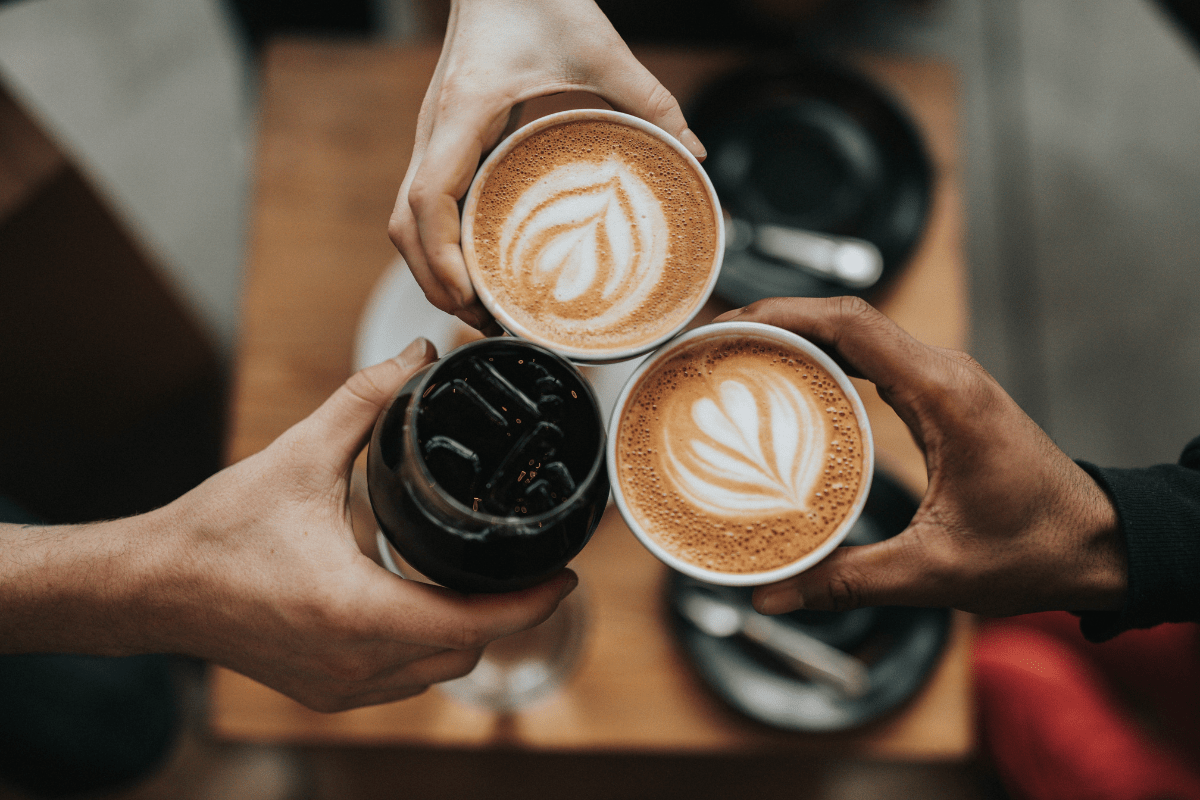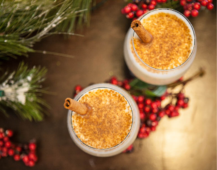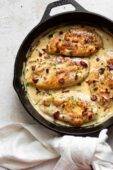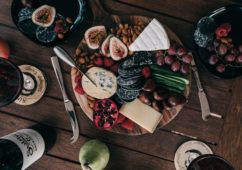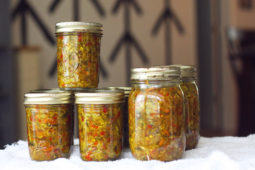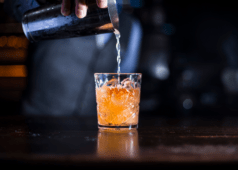How to Make the Perfect Cup of Coffee at Home
Coffee is a beloved beverage that has been enjoyed for centuries. From the bustling café culture of cities to the quiet mornings at home, coffee is a staple in many people’s daily routines. Brewing a perfect cup of coffee at home can be an art form, but it doesn’t have to be intimidating.
With the right tools, techniques, and ingredients, anyone can create a delicious cup of coffee that rivals their favorite café. We’ll tell you exactly how to make a perfect cup of coffee at home, from selecting the right beans to choosing the ideal brewing method.
Whether you’re a seasoned coffee aficionado or a beginner just starting to explore the world of coffee, this guide will provide you with the knowledge and skills to brew the perfect cup of coffee in the comfort of your own home. So, let’s grab our favorite mug and get brewing!
Choosing the Right Beans
Selecting the right beans for making a cup of coffee at home can be a daunting task, but it is essential to achieving a delicious and satisfying cup. The first step is to decide on the type of coffee you prefer, as this will determine which beans to choose. If you enjoy a strong, bold flavor, go for darker roasted beans, while those who prefer a lighter taste should opt for lighter roasted beans.
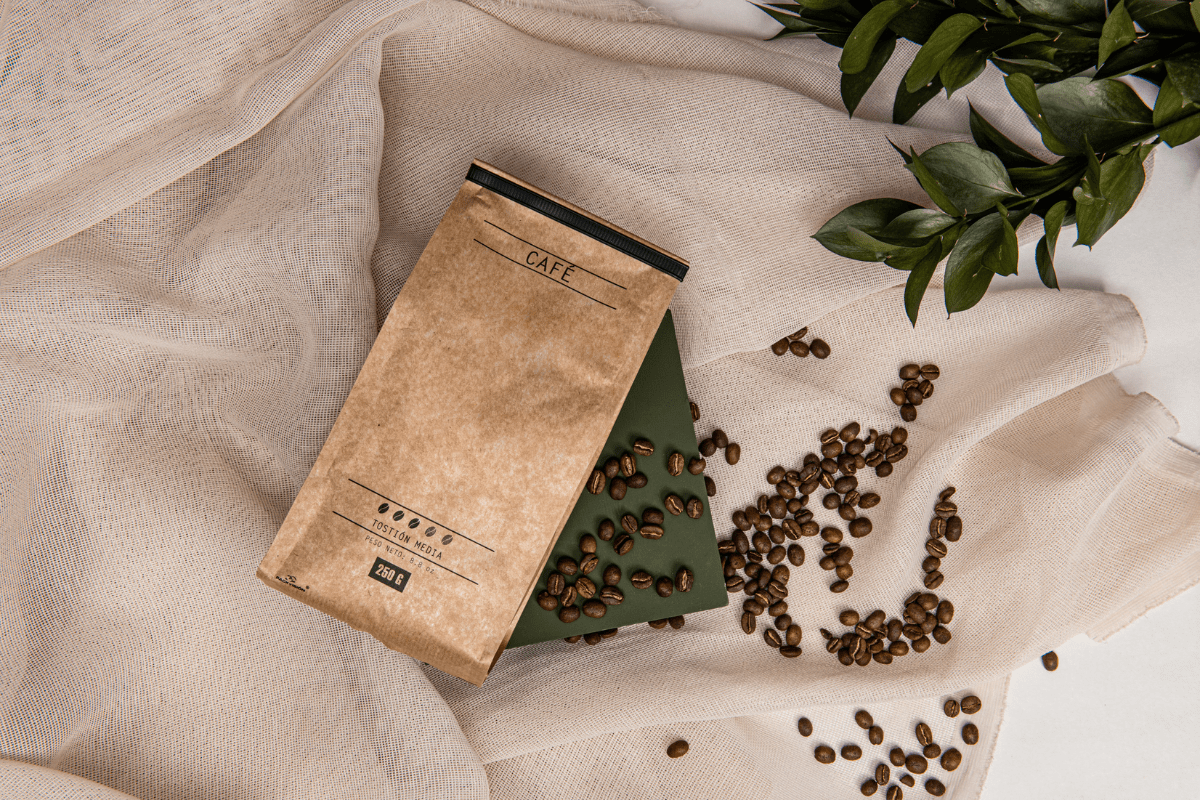
The Origin Of The Beans
Next, consider the origin of the beans. Coffee beans are grown all over the world, each with its unique taste profile. For example, African beans tend to have a fruity and floral taste, while South American beans are often nutty and chocolatey. If you are unsure of the origin, ask your local coffee shop or check the packaging.
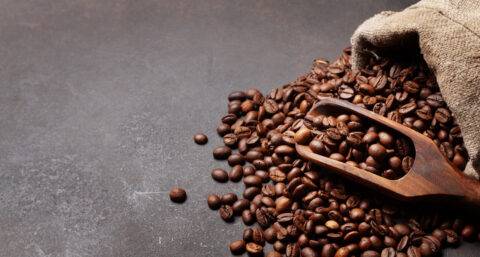
The Beans Should Be Fresh
Another thing to consider is the freshness of the beans. Ideally, you want to use beans that have been roasted within the last two weeks. This ensures that the beans are at their peak flavor and aroma. Look for roasting dates on the packaging or ask your local coffee shop when the beans were roasted.
When purchasing beans, it is best to buy whole beans instead of pre-ground. This allows you to grind the beans just before brewing, which results in a fresher and more flavorful cup. Invest in a good quality burr grinder, as this will ensure that the beans are ground evenly and at the right consistency for your brewing method.
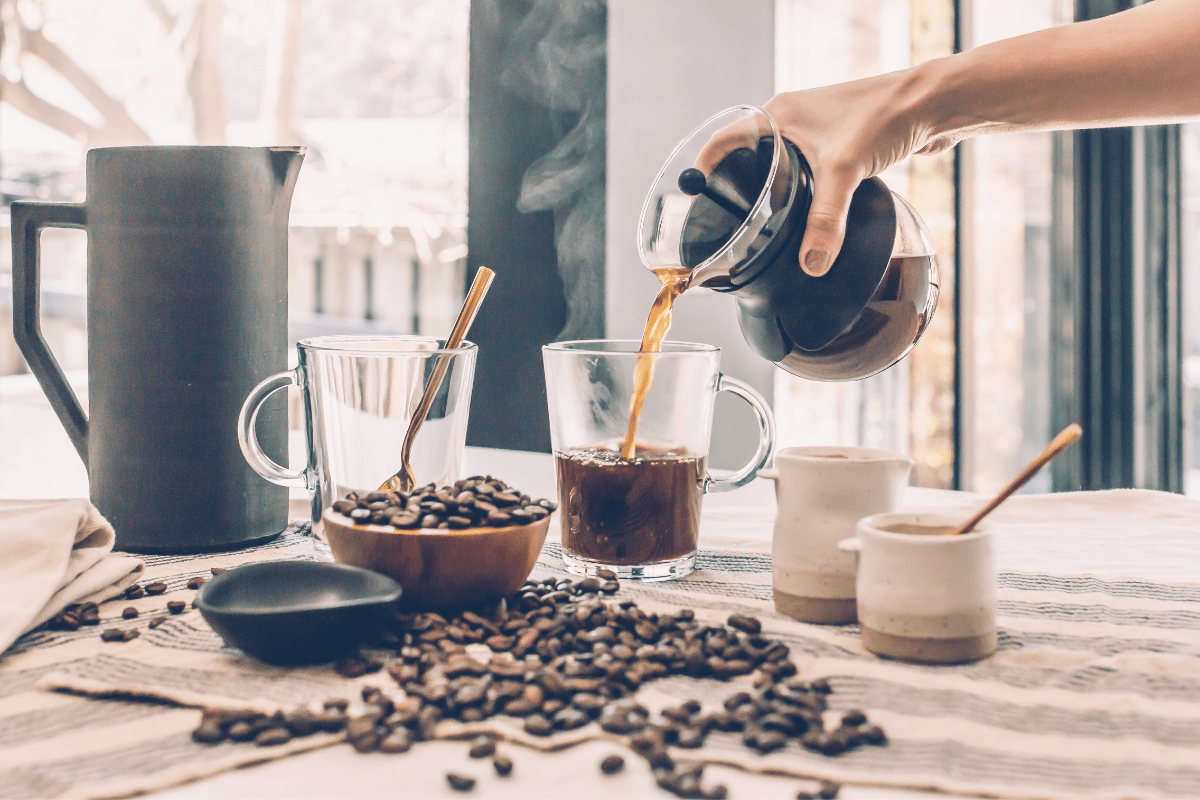
The Price Of The Beans
Finally, consider the price. While it can be tempting to go for cheaper beans, remember that you get what you pay for. Higher-quality beans will result in a better cup of coffee, so it is worth spending a little extra for a premium product.
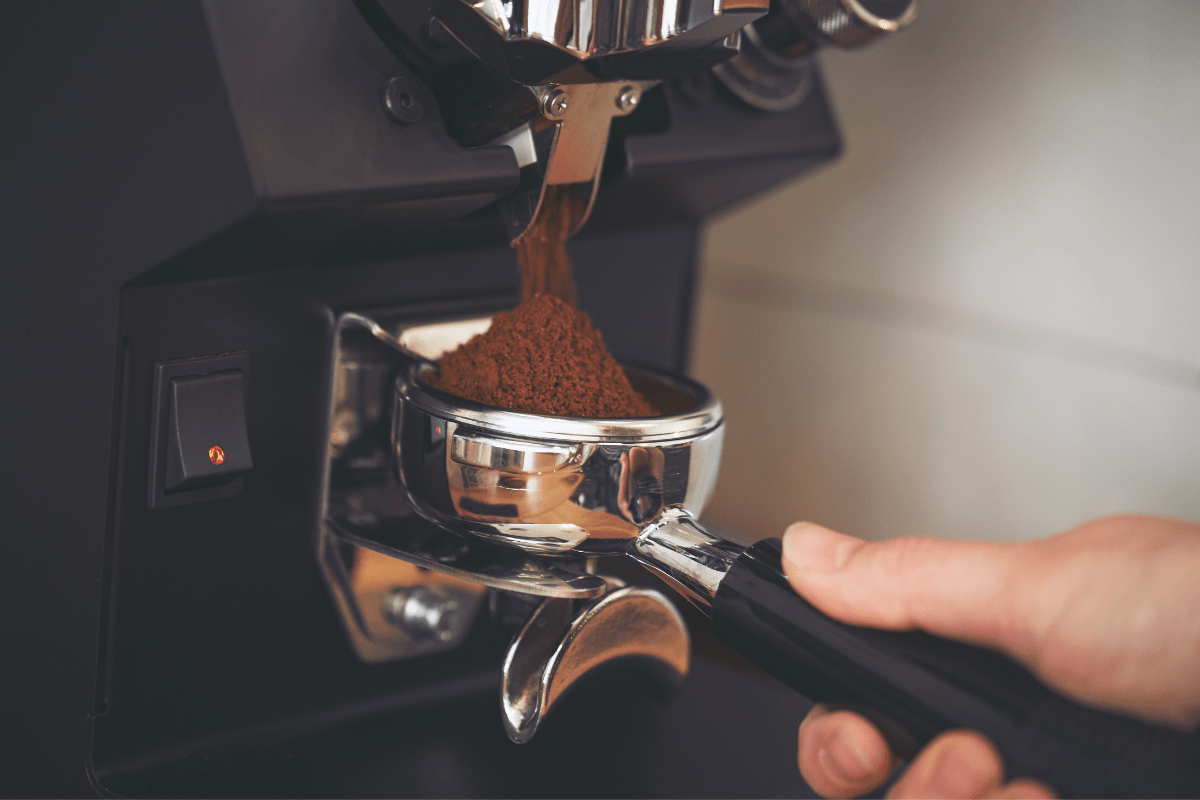
Grinding
Grinding coffee is a crucial step in the coffee-making process that can greatly affect the taste and quality of your brew. Here are the steps to grind coffee:
- Choose the right grinder: There are two main types of coffee grinders: blade and burr. Burr grinders are the preferred choice as they produce a more consistent grind, but they are also more expensive than blade grinders.
- Determine the grind size: The type of coffee maker you use will determine the grind size you need. For example, a French press requires a coarse grind, while an espresso machine requires a fine grind.
- Measure the coffee beans: Use a scale to measure the desired amount of coffee beans. A general rule of thumb is to use 1-2 tablespoons of coffee per 6 ounces of water.
- Grind the coffee: Place the coffee beans into the grinder and grind them according to the desired grind size. If using a blade grinder, pulse the grinder in short bursts to prevent overheating and uneven grinding.
- Store the coffee: Once the coffee is ground, it should be used immediately or stored in an airtight container away from light, heat, and moisture to preserve its freshness.
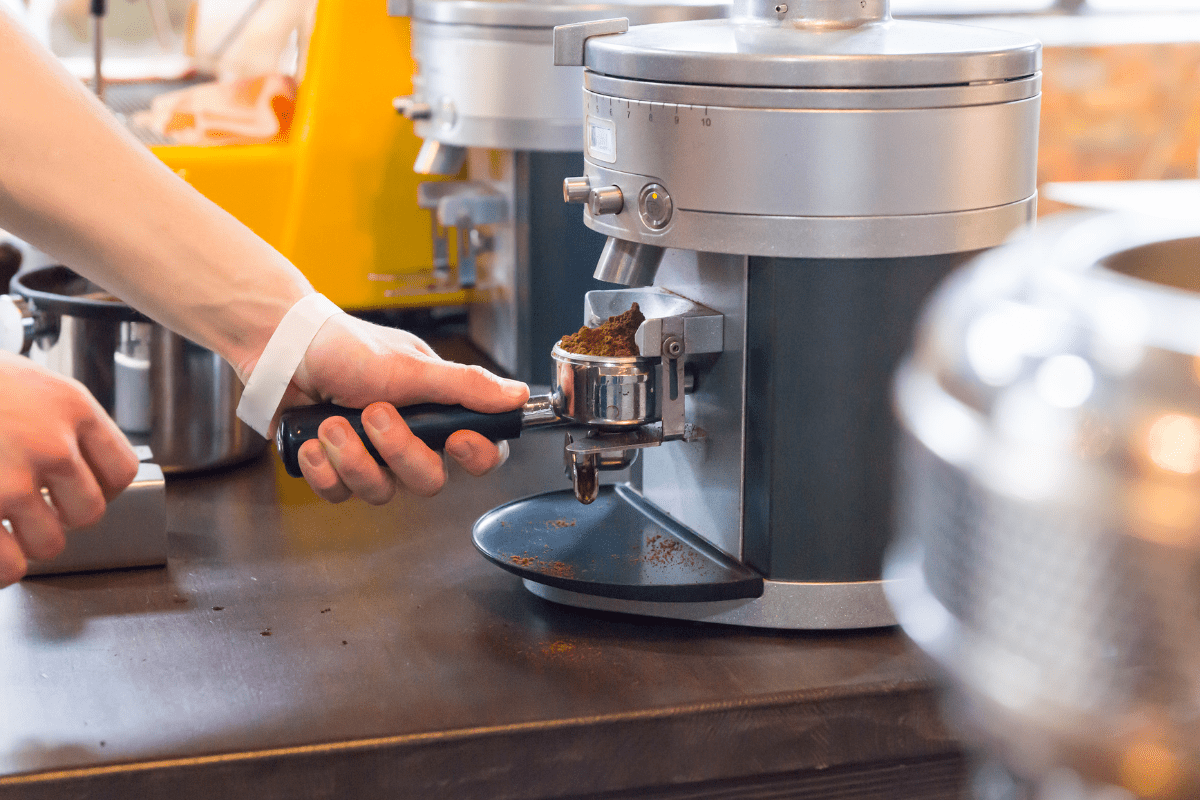
Water Temperature
When it comes to making coffee at home, the correct water temperature is crucial for achieving a delicious and satisfying cup. The ideal water temperature for brewing coffee is between 195 and 205 degrees Fahrenheit.
Water that is too hot can result in over-extraction, which can lead to a bitter and unpleasant taste. On the other hand, water that is too cold can result in under-extraction, which can lead to a weak and lackluster cup.
To ensure that you are using the correct water temperature when making coffee at home, it is important to invest in a reliable and accurate thermometer. Simply boiling water and allowing it to cool for a few minutes is not a reliable method for determining the water temperature.
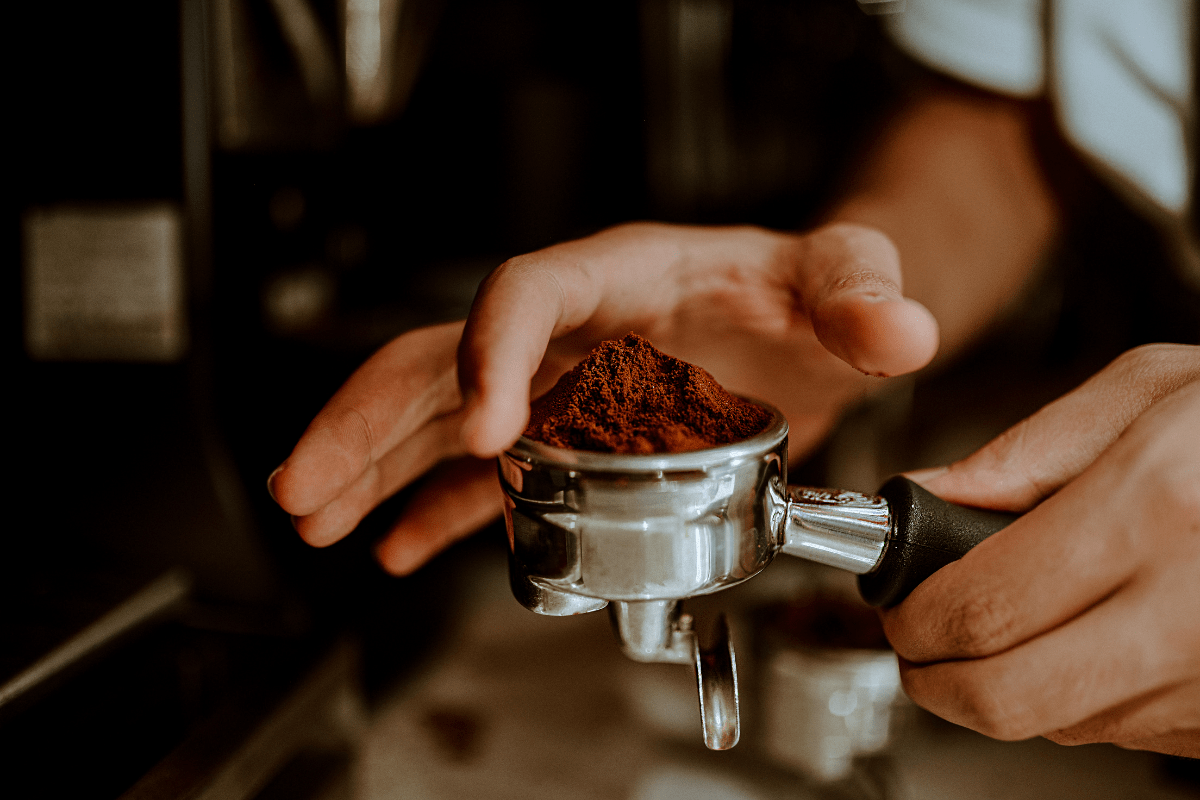
Coffee-To-Water Ratio
Once you have measured the water temperature, it is important to use the correct coffee-to-water ratio. A general rule of thumb is to use one to two tablespoons of coffee for every six ounces of water. However, this can vary depending on personal preference and the type of coffee being used.
Overall, paying attention to the water temperature when making coffee at home is an essential step in achieving a delicious and satisfying cup. By investing in a reliable thermometer, using the correct coffee-to-water ratio, and using fresh and high-quality coffee beans, you can ensure that you are brewing the perfect cup every time.
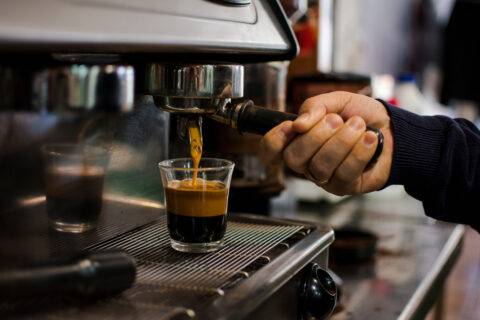
Brewing Methods
There are various brewing methods when making coffee at home, each with its unique taste and characteristics. Some popular methods include drip brewing, French press, pour-over, and espresso.
Drip brewing involves hot water passing through a filter filled with coffee grounds, while the French press uses a plunger to separate the grounds from the brewed coffee.
Pour-over involves pouring hot water over the coffee grounds in a filter, and espresso is made by forcing hot water through finely-ground coffee under pressure. Choosing the right method depends on personal preference and the desired flavor profile.
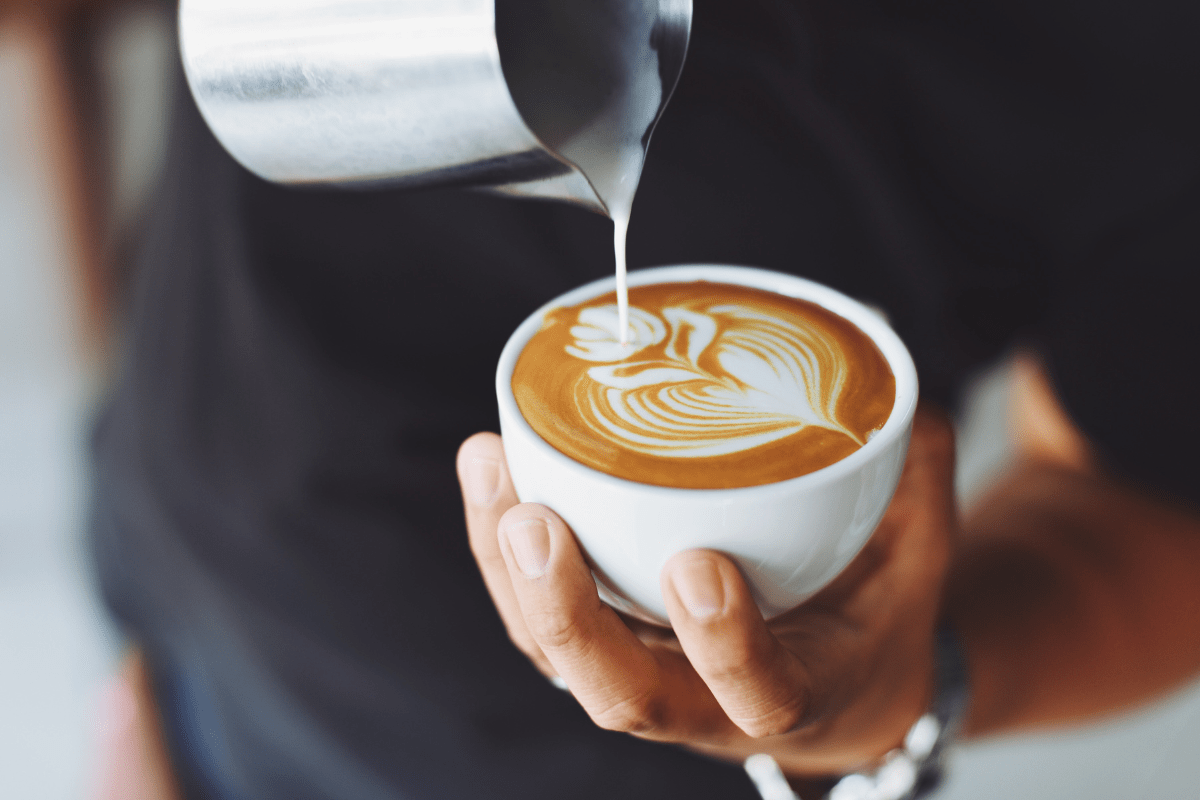
10 Quick Tips for Making The Perfect
- Start with Fresh Beans: Use freshly roasted coffee beans for the best possible flavor. Stale beans will result in a dull and lifeless cup of coffee.
- Grind Your Own Beans: Invest in a good quality burr grinder and grind your own beans just before brewing. This will ensure maximum freshness and flavor.
- Use the Right Amount of Coffee: A general rule of thumb is to use 1-2 tablespoons of coffee per 6 ounces of water, but adjust to your personal taste.
- Use Filtered Water: Use filtered water to avoid any impurities that can negatively affect the flavor of your coffee.
- Control Water Temperature: Water temperature should be between 195-205°F for optimal brewing. Use a thermometer to ensure accuracy.
- Don’t Overbrew: Overbrewing can result in a bitter and unpleasant taste. Aim for a brewing time of 4-5 minutes.
- Use the Right Brewing Method: Choose the brewing method that suits your taste preferences. There are many methods available, including drip, pour-over, and French press.
- Clean Your Equipment: Regularly clean your coffee maker or brewing equipment to avoid any buildup that can affect the quality of your coffee.
- Store Coffee Properly: Store your coffee in an airtight container in a cool, dry place away from sunlight to maintain freshness.
- Experiment with Flavors: Try adding different flavors like vanilla, cinnamon, or chocolate to your coffee to mix things up and find your perfect cup.
